Today, we're diving into a topic that's close to many of our hearts and kitchens: "Is dal gluten-free?" This simple question opens up a world of delicious possibilities, especially for those navigating the world of gluten-free cookery due to celiac disease or gluten sensitivity.
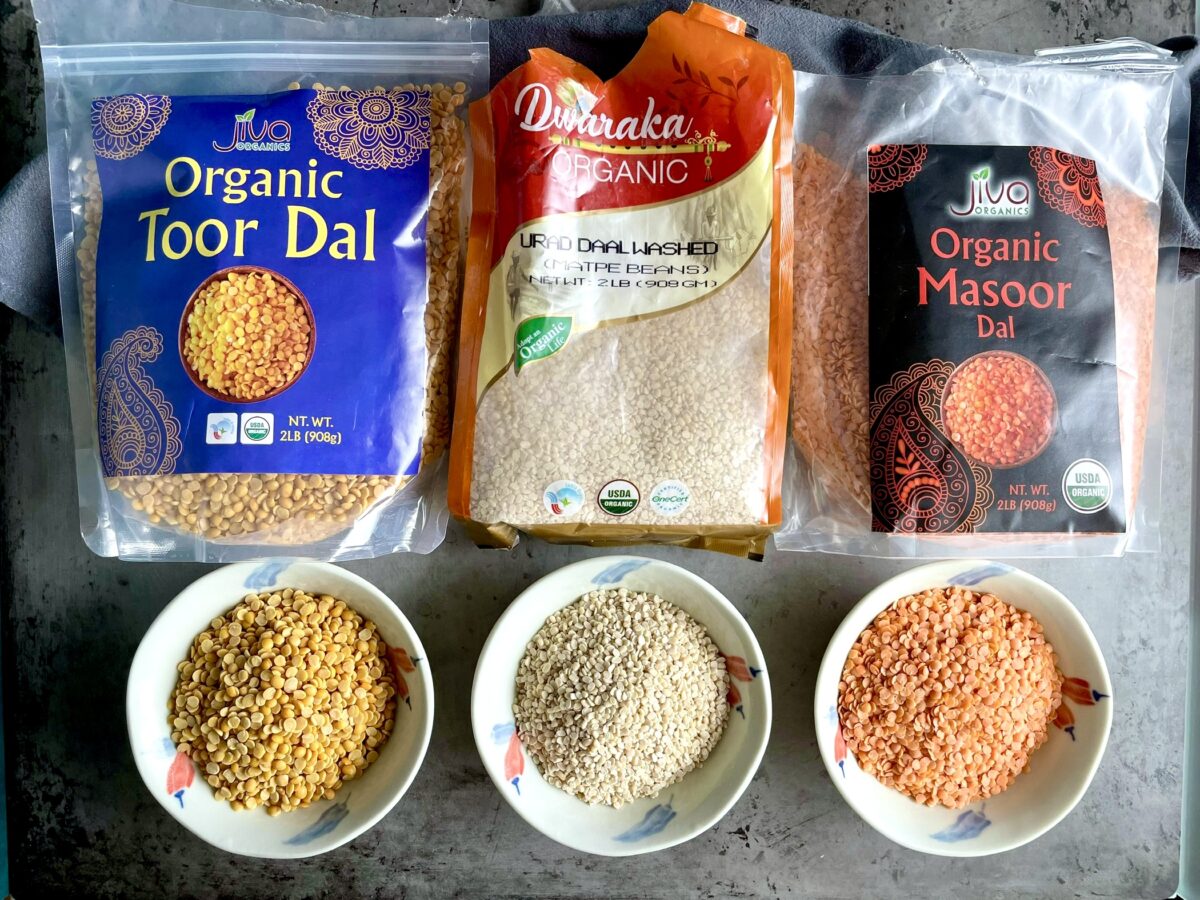
Jump to:
- Is dal gluten-free
- Cooking with dahl
- How to tell if a brand of dal is gluten-free
- Incorporating dal into your gluten-free diet
- Tips and tricks for cooking gluten-free lentils
- Beware of the hidden gluten in Indian dishes
- Expanding your gluten-free Indian menu beyond pulses
- Is Dal gluten-free? How to safely prepare Indian pulses
- Related articles and recipes
Is dal gluten-free
Dal or dahl, a staple food in Indian cuisine, encompasses a variety of legumes, split or otherwise, like lentils, peas, and beans. These are not only a good source of plant-based protein but are also packed with essential amino acids, making them an excellent choice for anyone looking to boost their nutritional intake.
But let's get back to our burning question: Is dahl gluten-free? In short, yes! Dal in its pure form is a gluten-free legume or pulse, making it a safe and nutritious option for those on a gluten-free diet.
Now, let's explore the delightful world of dal a bit more, shall we? From the creamy richness of dal makhani made with black lentils and lots of butter, to the simplicity of red lentil curry, the variety of dishes you can create is quite impressive.
Not to mention, these dishes offer plenty of gluten-free options for those with celiac disease, non-celiac gluten sensitivity, or anyone simply looking to reduce gluten in their diet.
Cooking with dahl
Dal is not just a single food product but a category of lentils and legumes that include chana dal (split chickpeas), toor dal (pigeon peas), mung beans (whole green moong dal), and masoor dal (red lentils), among others. See picture below.
Each type brings its unique texture and nutty flavor to the table. Cooking time varies depending on the type of dal, but a pressure cooker or an Instant Pot can significantly reduce the cooking time, making dal a good option for quick and simple recipes.
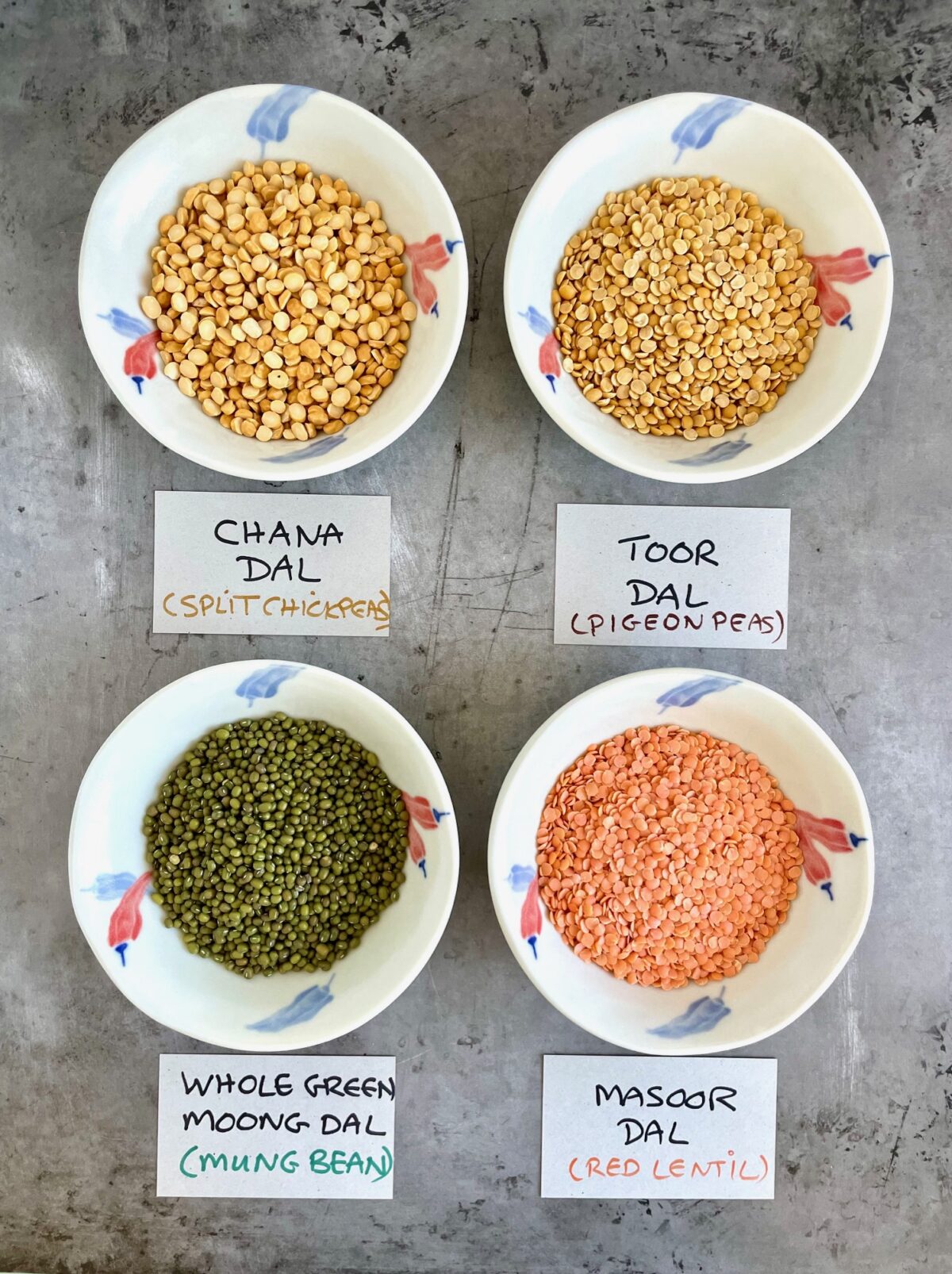
Indian cooking often pairs dal with spices like cumin seeds, garam masala, and green chilies, creating dishes that are rich in flavor. Adding coconut milk, common in Sri Lankan cuisine, can transform your lentil soup into a completely different flavor profile.
I'm quite partial to adding mustard oil to my yellow dal. If you're curious how to make this easy recipe, please check out my Typical Bengali Moong Dal where I guide you step-by-step on how to make it. I use gluten-free hing so that yummy dahl dish is completely gluten-free.
This diversity ensures that opting for gluten-free doesn't mean compromising on taste or nutrition. For anyone looking to maintain a gluten-free diet, dal emerges not just as an excellent choice but a delightful culinary adventure.
How to tell if a brand of dal is gluten-free
While dal itself is gluten-free, cross-contamination is a risk factor to consider, especially for those with a gluten intolerance, sensitivity, or you just want to avoid gluten altogether.
Look at the back of the lentil package
When purchasing dal, look for packages with gluten-free claims and read food labels carefully for any advisory statements about potential cross-contamination with wheat flour or other gluten-containing cereal grains.
When in doubt, and for those diagnosed with celiac disease, it's best to seek certified gluten-free brands. There are a variety of brands of lentils and they should all have some time of warning in the back. See below.
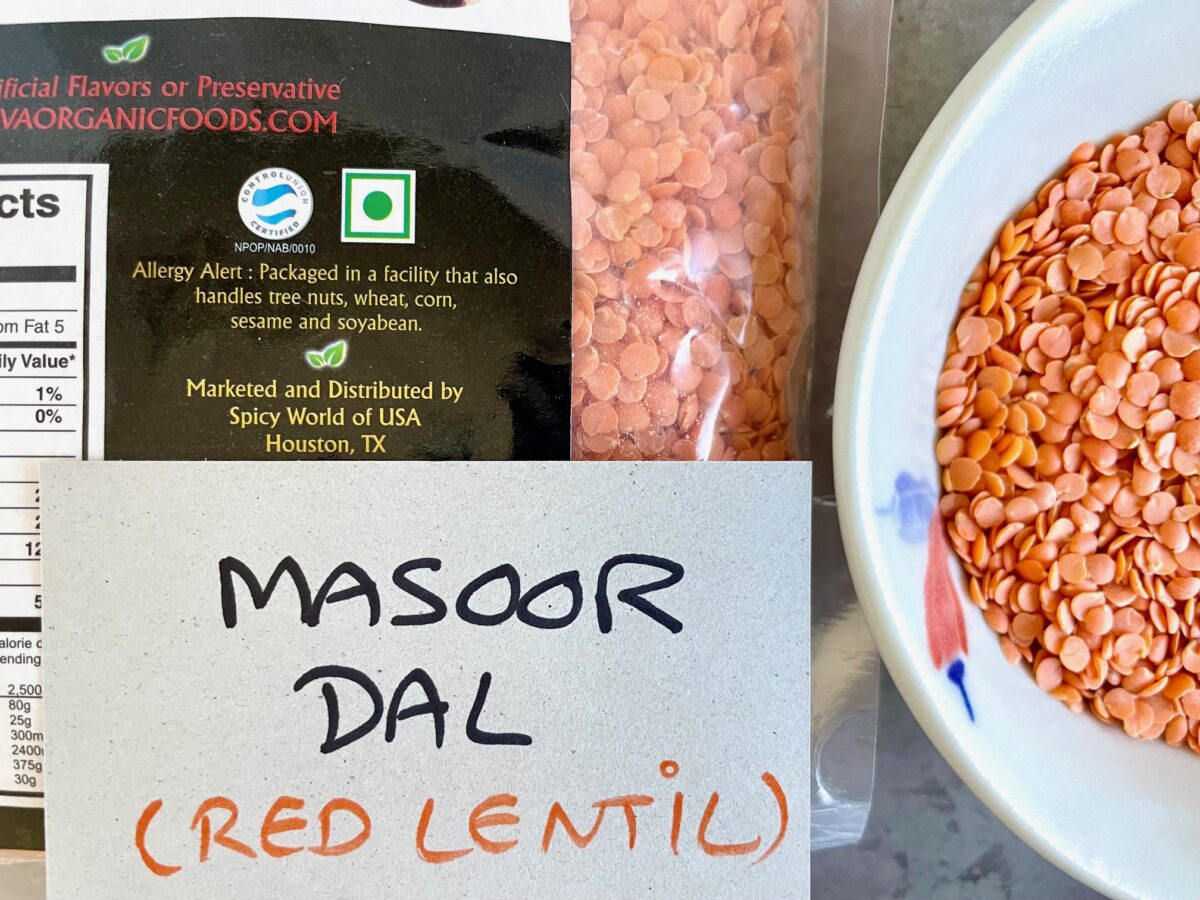
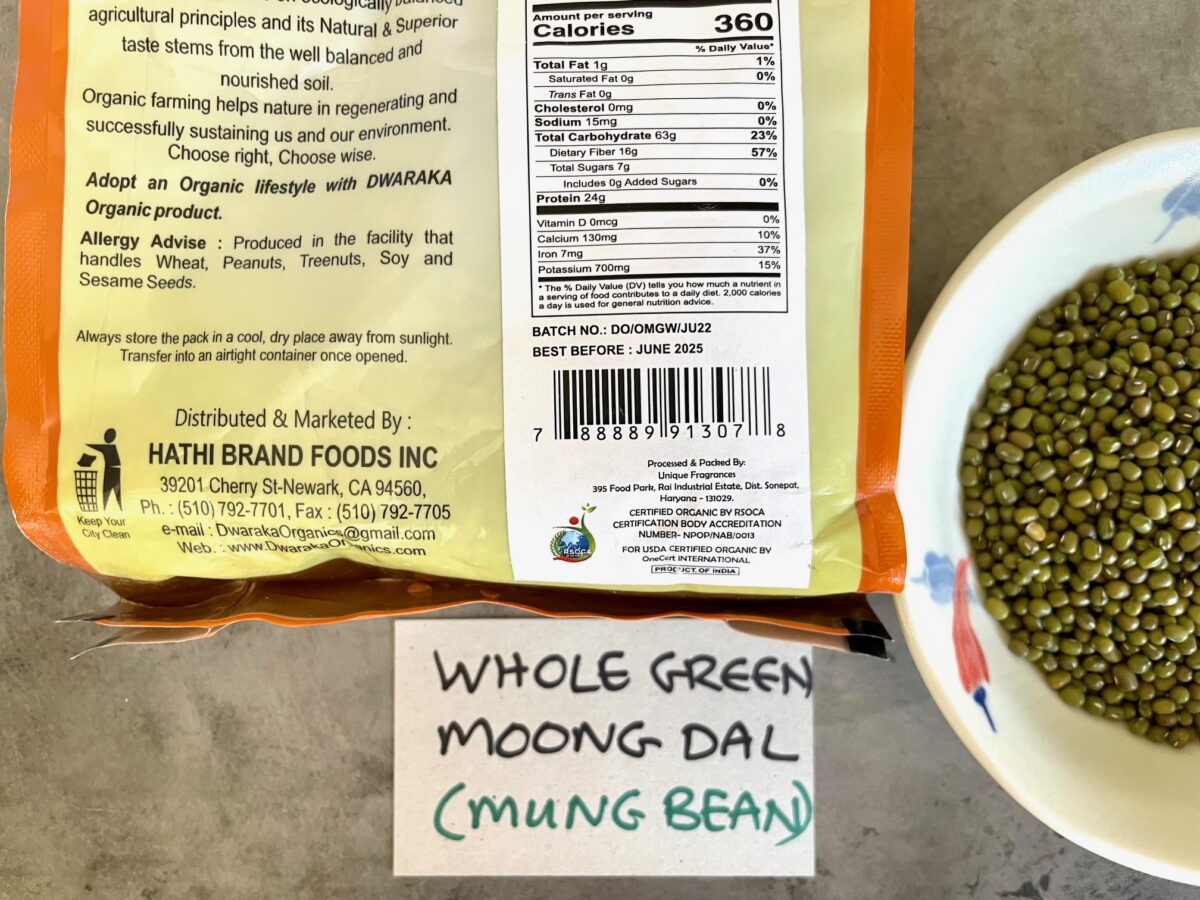
On the back of dal packages, you'll see "Allergy Alert", "Allergy Advice", or something similar. This will warn you of any potential contaminants or potential exposure to gluten. As a reminder, dal or pulses are naturally gluten-free. If you've been diagnosed with severe celiac disease, your concern is ensuring that the dal was not processed in the same facility as gluten products.
An example of this is below the 24 Mantra Chana Dal below:
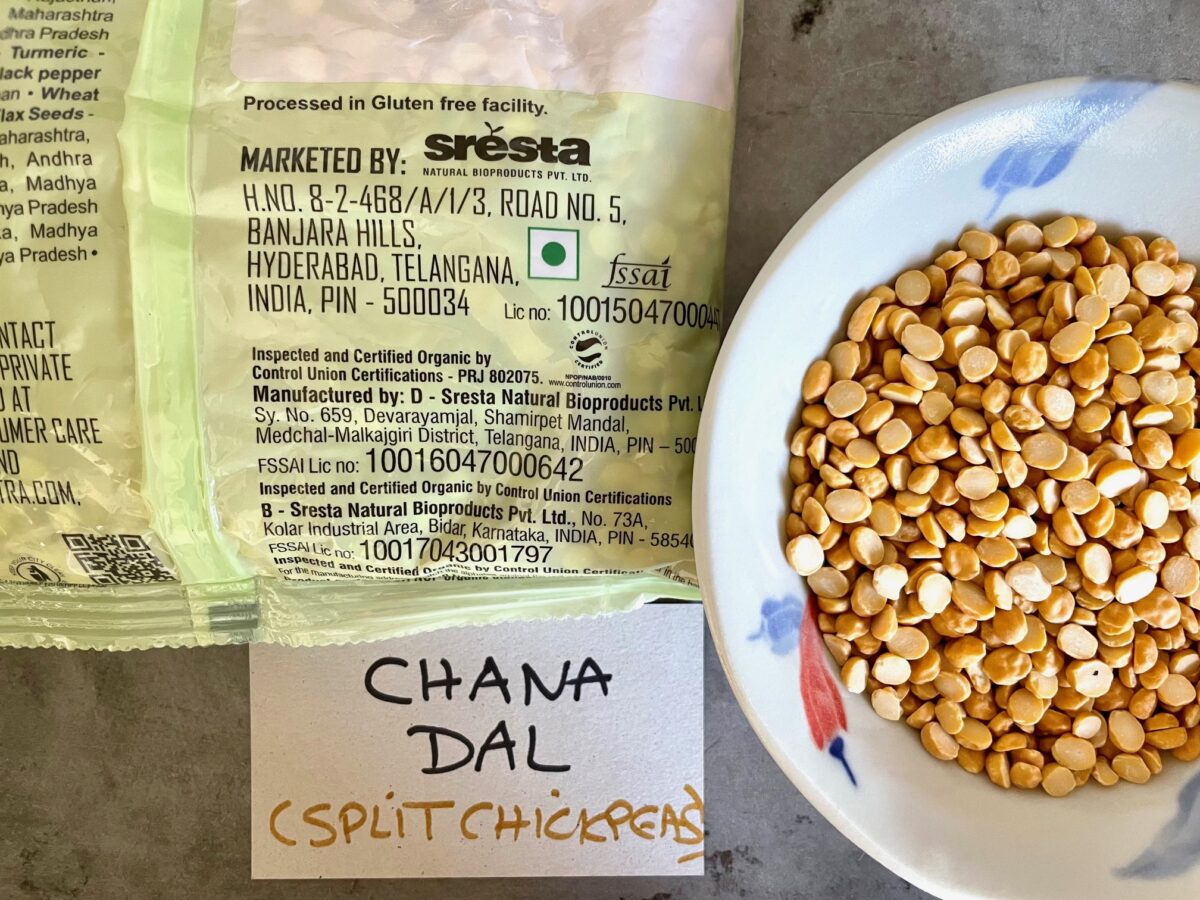
Notice how the back of the package says: "Processed in gluten-free facility."
Incorporating dal into your gluten-free diet
Dal is not only a star in savory dishes. Its versatility extends to desserts and snacks, where lentil flour is used to create a variety of sweets and treats. From the typical Bengali moong dal, fit for a special occasion, to the simple, comforting bowl of red lentil dal, the options are endless.
And let's not forget about the weight loss and blood sugar levels benefits! High in fiber and complex carbohydrates, dal is an excellent choice for anyone looking to manage their weight or maintain healthy blood sugar levels.
Starting with dal is easy, and there are countless recipes out there for every level of cooking expertise. Whether you're whipping up a large pot of lentil soup in a traditional large pot or using an Instant Pot for a one-pot recipe, the results can be rewarding.
Don't hesitate to experiment with different types of dal, spices like cinnamon stick or red onion, and fresh ingredients like fresh fruits or green chilies to discover your favorite combination.
For those new to Indian or Pakistani food, dal is a fantastic introduction. Its mild yet versatile nature makes it a popular choice for both hearty meals and light, nutritious sides. Pair it with spicy food like tandoori chicken or enjoy it as a comforting, standalone dish with a dollop of coconut milk for an extra decadent texture.
Using lentil or dal flour instead of wheat flour
For individuals replacing wheat flour in their cooking, lentil flour made from ground dal offers an excellent alternative. Urad dal flour and chickpea flour (also known as gram flour or besan) can be used to make gluten-free Indian breads or as thickening agents in vegan recipes, providing a fine powder that's rich in flavor and health benefits.
Tips and tricks for cooking gluten-free lentils
When you're cooking gluten-free dal, you must first select the right type. Toor dal, chana dal, and moong dal shine bright among the gluten-free Indian cuisines. These varieties not only promise a meal free of gluten but also ensure a rich intake of essential amino acids and a good source of protein.
General tips and tricks
- The preparation begins with a large pot or a pressure cooker. These tools are pivotal for achieving the perfect texture.
- Rinse your chosen dal under cold water until the water runs clear. This step is crucial for removing any errant gluten-containing grains that might have mingled with your dal.
- Then, soak the dry lentils for a few hours, a step that considerably shortens the cooking time and enhances digestibility.
- Transferring the soaked dal into your cooking dish, add cups of water in a 1:3 ratio for a wonderfully creamy consistency.
Layering flavors
The addition of aromatic Indian spices like cumin seeds, curry powders, and gluten-free hing can transform your dal from mundane to magnificent.
Basic fresh ingredients like green chilies and fresh cilantro introduce a burst of flavor perfectly complementing the nutty taste inherent in the lentils.
Don't forget to add a teaspoon of mustard oil or a dollop of cultured ghee at the very beginning of your cooking or towards the end.
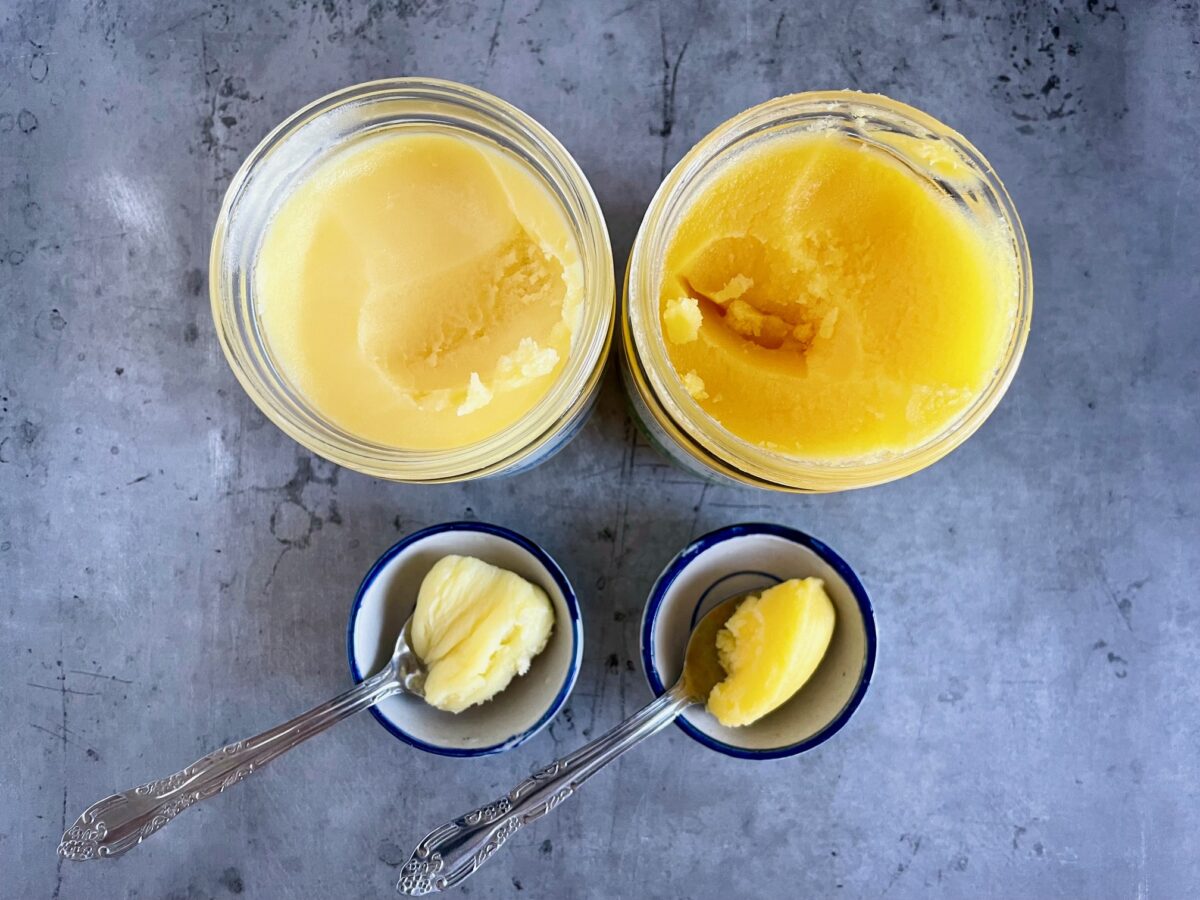
One more thing: skim the surface
It's vital to skim the surface periodically during cooking, removing any froth that forms. This practice ensures a clear, clean taste. Cooking in a pressure cooker slashes the time, while slow simmering in a large pot offers depth in flavor, making every spoonful an exploration of the rich tapestry of Indian cuisine.
Beware of the hidden gluten in Indian dishes
In our journey towards a gluten free diet, vigilance remains important here. Indian cuisine, rich in spices and flavors, also harbors hidden gluten traps. One might assume that all dal variants are safe havens, yet this isn't always the case.
Certain preparations thicken dals with wheat flour, deceitfully introducing gluten into what should have been a safe choice. Especially for those of us navigating gluten sensitivity, this demands our alertness.
Also, the beloved tandoori chicken, often presumed to be gluten-free due to its marinated and grilled nature, poses its own set of risks. Cross-contamination, a constant concern, can occur when the same surfaces or utensils used for gluten-containing foods meet our supposedly safe options.
You should enjoy the rich flavors of Indian cuisine, just with a bit of caution, to keep your health in check amidst the delicious variety of dishes.
Expanding your gluten-free Indian menu beyond pulses
Diving into Indian food dramatically expands options for anyone on a gluten-free diet and it goes way beyond just dal. If you’ve been on a mission to spice up your gluten-free options then you’re about to find some gems here!
Rice dishes like biryanis and pulaos are total game-changers, mixing up spices, flavors, and textures in the best way.
And vegetable curries are full of colors, loaded with all those tasty spices that make you feel good inside and out. Plus, they often throw in some leafy greens and garam masala for that extra kick of taste and goodness.
If you’re looking for something to munch on, chickpea flour pakoras are where it's at – spicy, crunchy, and just perfect. And when you need a little refreshment, fresh fruits are there to do the trick, packed with those all-important essentials.
Is Dal gluten-free? How to safely prepare Indian pulses
In recent years, the availability of gluten-free options has expanded tremendously, making it easier for individuals with gluten-related disorders or those simply choosing a gluten-free lifestyle to enjoy a wide variety of dishes. Dal, with its excellent nutritional profile, long shelf life, and versatility, stands out as an essential part of a balanced, gluten-free diet.
Related articles and recipes
I hope you've enjoyed this article! You might also enjoy my Is Ghee Ok for Dairy Allergy post next or maybe expand on your dal knowledge and dig into the Benefits and Side Effects of Moong Dal.
Of course if this article inspired you to incorporate some dals in your diet, have a look at my Bengali Moong Dal and Sautéed Beetroot Leaves recipes, they make use of dal in different but equally nourishing ways!
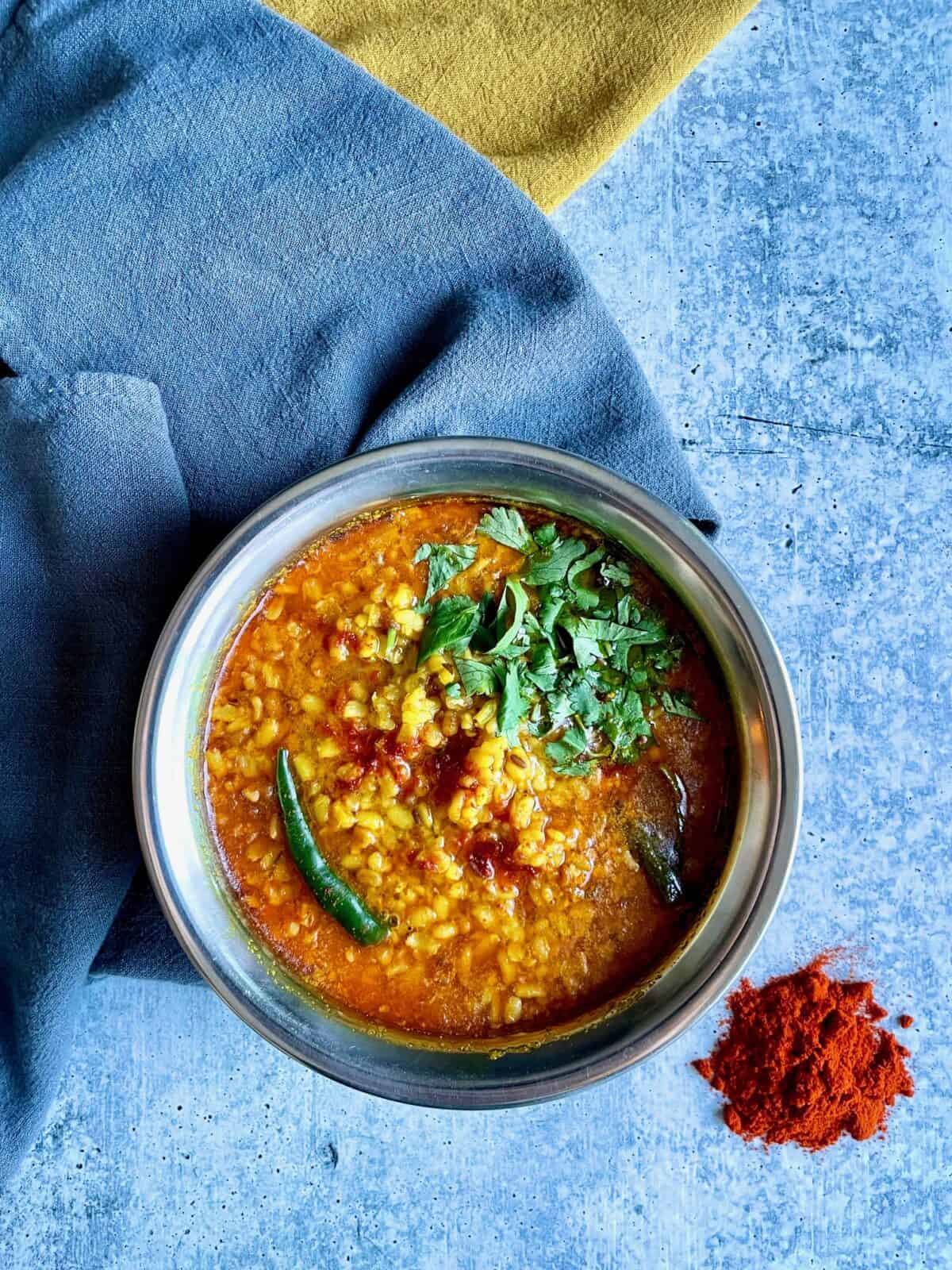
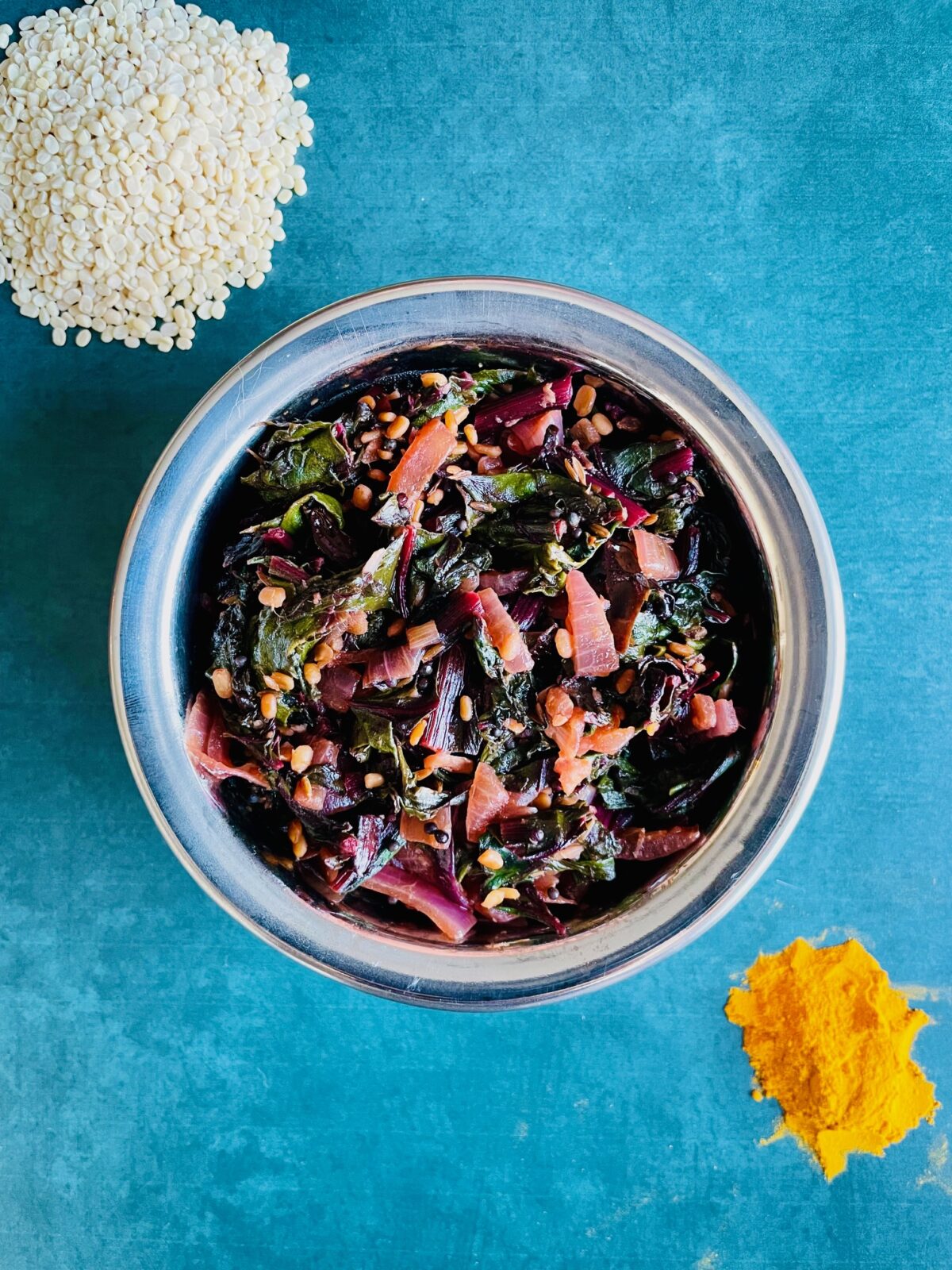


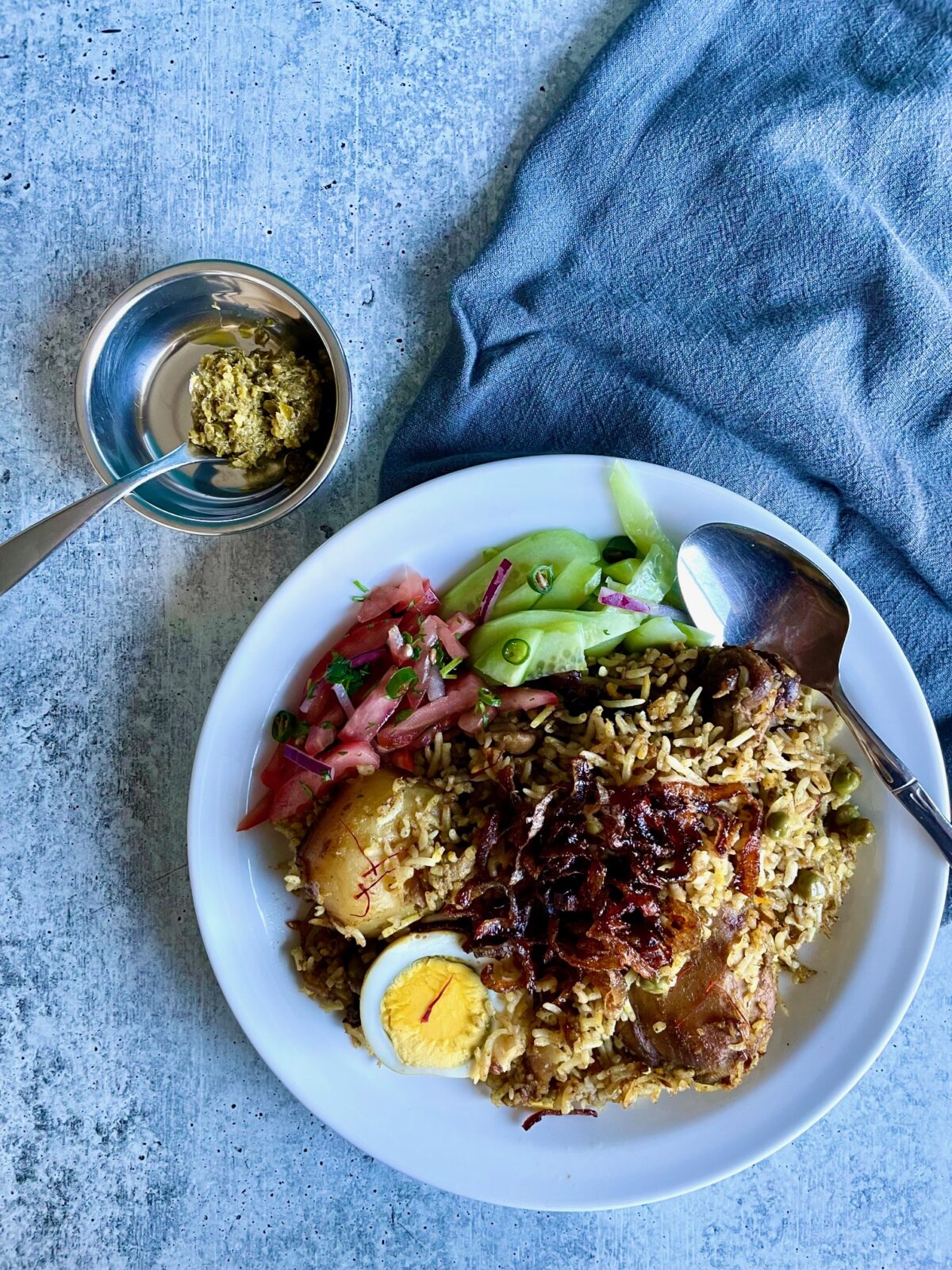
Leave a Reply